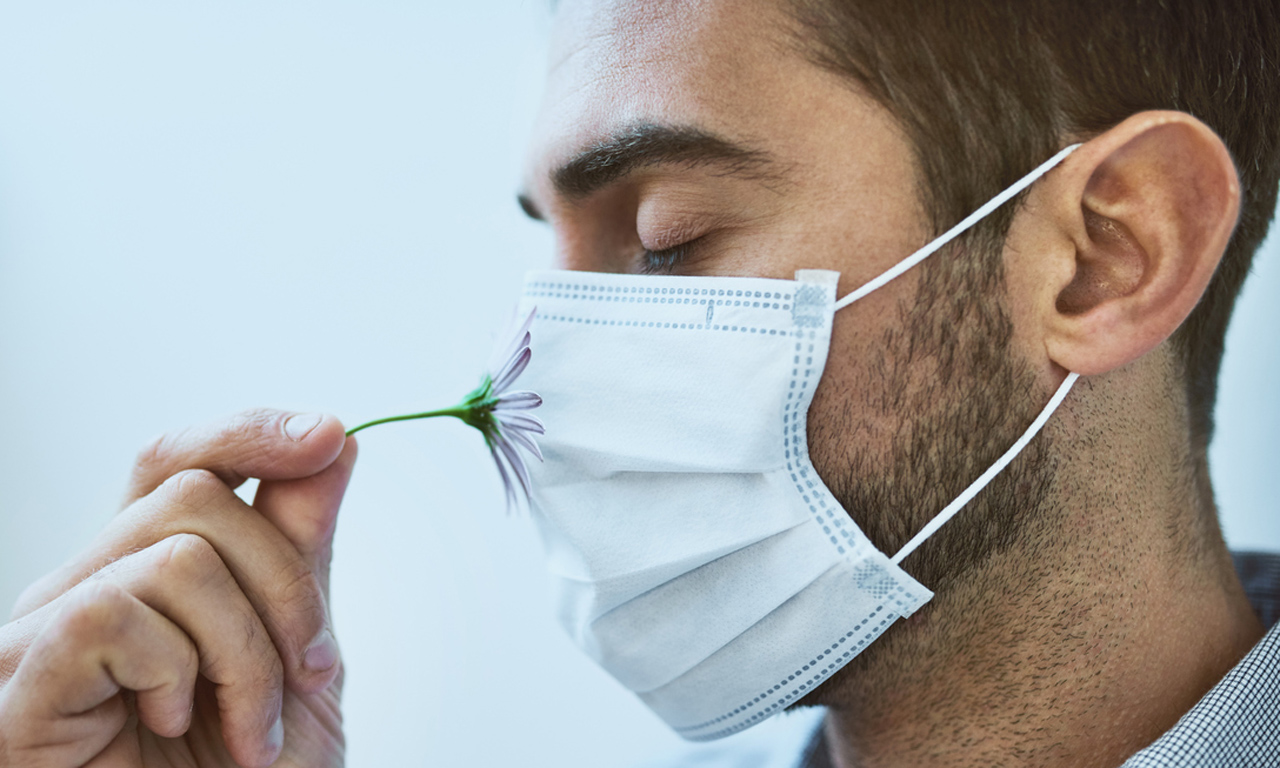Community pharmacists are well-placed to help people with hypersensitive airways, according to allergist and APP18 presenter Dr Jessica Tattersall.
Australia has some of the highest rates of allergy in the world, with 1 in 5 affected with some form such as food allergy, eczema or allergic rhinitis. As many are unaware of their condition, the rate is probably closer to 1 in 4 people, said Dr Tattersall.
Presenting at Australian Pharmacy Professional Conference (APP18) last week, she said community pharmacists can advise people on the correct treatment to control their symptoms of hypersensitive airways, as many sufferers can dismiss key information crucial to differentiating a sinus problem from an allergy.
The best place to start questioning is when people ask for the cold and flu medication.
Dr Tattersall gave the example of someone coming into the pharmacy thinking they are developing another cold (the third in a month). When the pharmacist queries the reason for the cold returning, the customer answers they had recently cleaned out the garage.
‘This is obviously a case of allergic rhinitis, which in this case triggered longer, more serious symptoms.
‘What we know traditionally is that perennial allergic house dust mites, animals and moulds are really allergic rhinitis allergens.’
It was also noted that, unlike the northern hemisphere, the tree and grass pollens in Australia do not follow the seasons, with allergens in the air almost year-round.
Allergic rhinitis frequently coexists with asthma, with 80% of asthmatics also having rhinitis.
‘Those who have their rhinitis under control will also have better control of their asthma,’ she said.
Dr Tattersall’s recommendations for treatments are based on the Asthma Society for Clinical Immunology and Allergy (ASCIA). She says pharmacists are likely to see allergy patients with symptoms that are ‘persistent but mild’ – experiencing irritation regularly, likely due to dust mites (or similar allergens).
‘Now, you will not get relief of nasal symptoms, except for sneezing, with an oral antihistamine,’ she said.
The first line treatment she recommends is an intranasal corticosteroid – and she stresses that the medication needs to be applied in the nostrils themselves – not directly at the septum as she regularly observes when a patient demonstrates their technique.
‘This is where I’m going to talk about the most under-prescribed (beside intranasal corticosteroids), nasal product in pharmacies: decongestants. We’ve been scared to give them to everybody. Where they’re really good is with that allergic rhinitis patient who gets four episodes of sinusitis each year.’
Similarly with an asthma patient, the allergy patient should have an action plan worked out with their GP, including instructions for preventer, reliever and rescue medications. ASCIA has allergic rhinitis asthma plans for reference. Pharmacists should become familiar with these.
It was suggested that the patient save a picture of the plan to their phone to ensure safekeeping.
Dr Tattersall emphasised the burden of cost on allergy patients already, including sick days and medical appointments, but also in money spent on medications that don’t work.
Pharmacists are encouraged to start questioning their customers on their specific symptoms in an effort to bring about better diagnosis and as a result, better treatment for their conditions.



 Professor Margie Danchin[/caption]
Professor Margie Danchin[/caption]

 Dr Peter Tenni[/caption]
Dr Peter Tenni[/caption]
 How should we deprescribe gabapentinoids, according to the Maudsley Deprescribing Guidelines[/caption]
How should we deprescribe gabapentinoids, according to the Maudsley Deprescribing Guidelines[/caption]



 Pharmacists have always prescribed, but they have the potential to prescribe much more
Pharmacists have always prescribed, but they have the potential to prescribe much more






